
2. Salute Bridge and Ca' Grande
3. Palazzo Dario
4. Palazzo Grimani
5. Ca' Barzizza
6. Rialto Bridge
7. Rialto Bridge
8. Ca' d'Oro
9. Ca' Pesaro

Although Venice is composed of islands and canals, the Grand Canal is the only really large one. It's shaped like a backwards letter S, and is approximately two miles long. At its widest point, at the Salute/San Marco (southern) end, it is roughly 350 feet wide; the normal width is about half that. The Grand Canal was traditionally the high-rent district in Venice; houses were larger, and decoration was on a much grander scale. This makes sense when you consider that the Canal offers much greater opportunities for everyone to see the buildings facing it. Further, the Grand Canal, affording easier transport and access to shipping, tended to favor the kind of residents who were large-scale merchants--the very ones likely to have more money. |

|
1. Grand Canal 2. Salute Bridge and Ca' Grande 3. Palazzo Dario 4. Palazzo Grimani 5. Ca' Barzizza 6. Rialto Bridge 7. Rialto Bridge 8. Ca' d'Oro 9. Ca' Pesaro |
1. Grand Canal |
 |
|
 |
2. Salute Bridge and Ca' Grande |
|
|
3. Palazzo Dario |
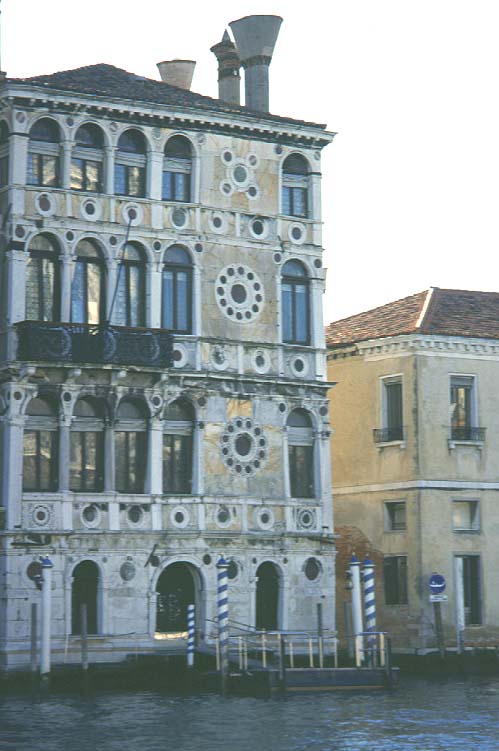
|
|
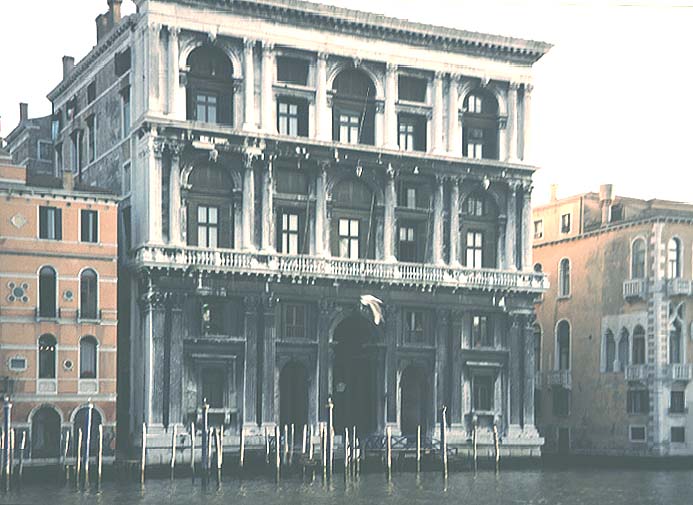
|
4. Ca' Grimani |
|
|
5. Ca' Barzizza |
 |
|
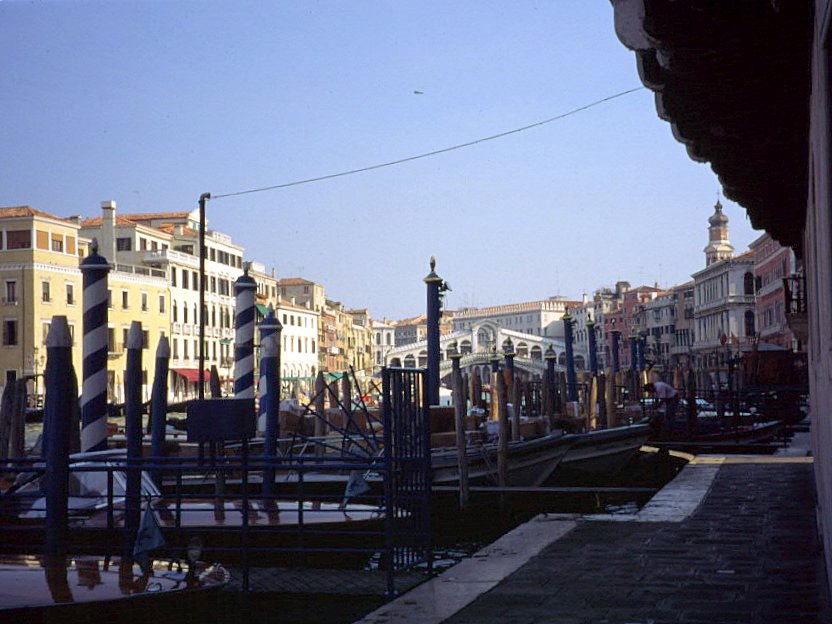
|
6. Rialto Bridge |
|
|
7. Rialto Bridge |
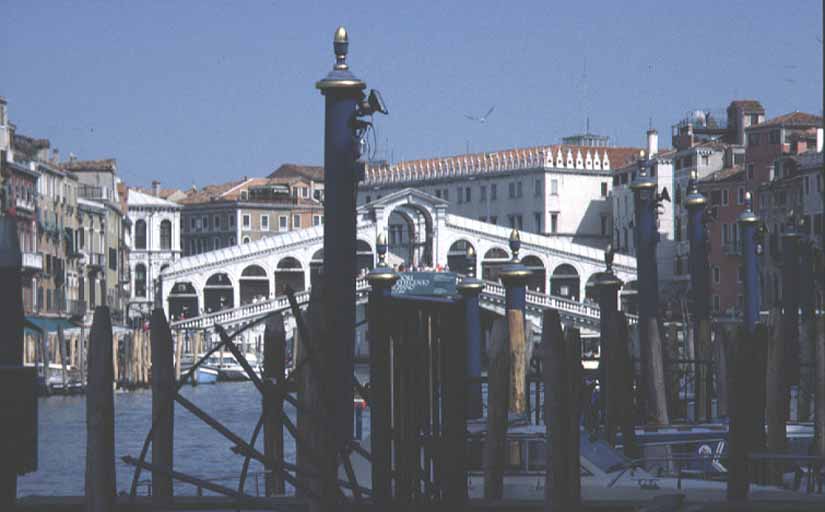 |
|
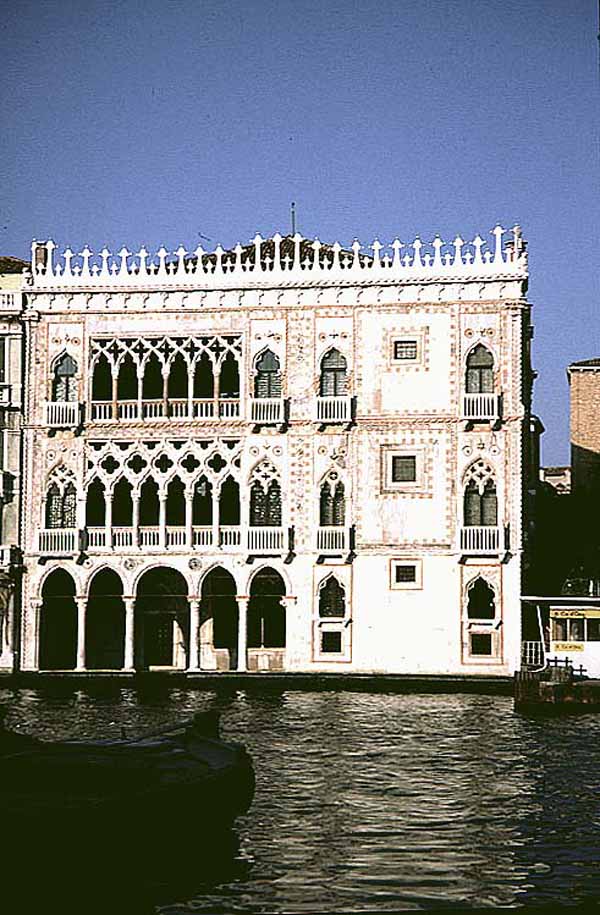 |
8. Ca' d'Oro | |
|
9. Ca' Pesaro | 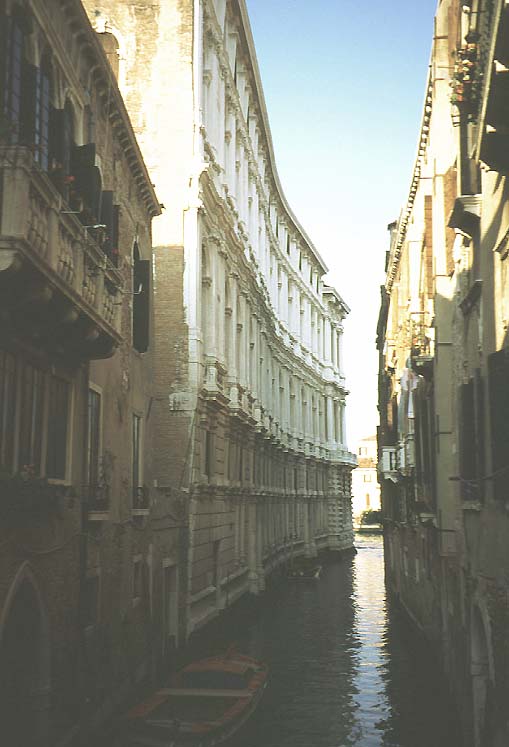 |
|
